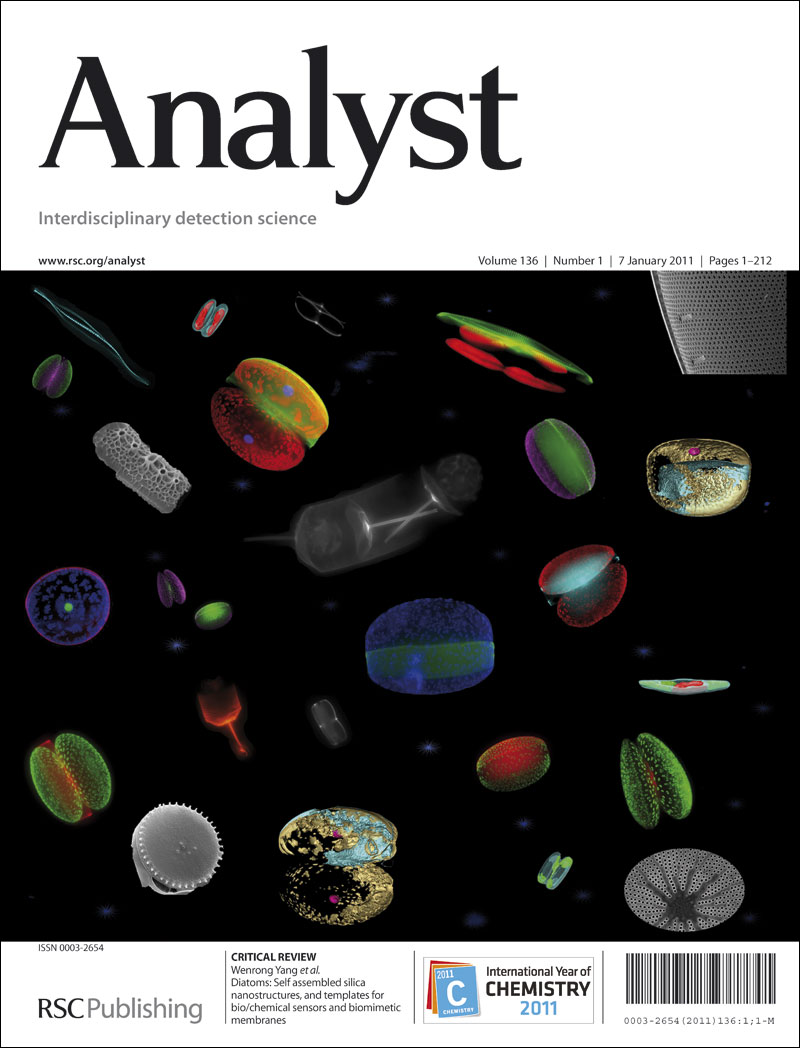用单颗粒ICP-MS测定历史矿区空气中含金属纳米颗粒
IF 3.3
3区 化学
Q2 CHEMISTRY, ANALYTICAL
引用次数: 0
摘要
鉴于在斯洛文尼亚历史悠久的Meža山谷上游地区,空气中含金属的nps(一种与人类接触有关的高度生物可接近的金属成分)的信息有限,本研究旨在使用spICP-MS方法评估该地区PM10空气过滤器中nps的存在。在10 mM焦磷酸钠溶液中超声作用2小时后,该提取方法使用沉积在过滤器上的pm10样细尘的认证参考物质进行精炼,对Zn-和pb - NPs的提取效率分别为9.1%和14.0%。通过对Meža上游河谷的案例研究,证明了该方法对矿山和冶炼地区PM10中含金属NPs的检测是有效的。SpICP-MS分析发现PM10样品中含有Zn和Pb的NPs,其中Zn含量为0.6-3.8%,Pb含量为0.3-1.7%。此外,SEM-EDS分析证实了不同化学成分的含锌和含铅(纳米)颗粒的存在。本研究首次报道了该地区PM10中存在含金属NPs。虽然它们只占样品中总锌和铅的一小部分,但NPs更具生物可及性,因此与评估当地人口对这些颗粒的暴露更相关。本文章由计算机程序翻译,如有差异,请以英文原文为准。

Determination of airborne metal-containing nanoparticles in a historic mining area using single particle ICP-MS
Given limited information on airborne metal-containing NPs—a highly bioaccessible fraction of metals relevant to human exposure—in the upper Meža Valley, a historic mining area in Slovenia, this study aimed to assess their presence in PM10 air filters from the region using the spICP-MS method. The extraction procedure, refined using a certified reference material of PM10-like fine dust deposited on filters, achieved an extraction efficiency of 9.1% for Zn- and 14.0% for Pb-containing NPs after two hours of ultrasonication in 10 mM sodium pyrophosphate. The method proved effective for detecting metal-containing NPs in PM10 from mining and smelting areas, as demonstrated by a case study from the upper Meža Valley. SpICP-MS analyses identified both Zn- and Pb-containing NPs in PM10 samples, with 0.6–3.8% of Zn and 0.3–1.7% of Pb extracted as NPs. Additionally, SEM-EDS analysis confirmed the presence of Zn- and Pb-containing (nano)particles of different chemical compositions. This study is the first to report the occurrence of metal-containing NPs in PM10 from this region. Although they represent only a small fraction of total Zn and Pb in the samples, NPs are more bioaccessible and thus more relevant for assessing local population's exposure to these particles.
求助全文
通过发布文献求助,成功后即可免费获取论文全文。
去求助
来源期刊

Analyst
化学-分析化学
CiteScore
7.80
自引率
4.80%
发文量
636
审稿时长
1.9 months
期刊介绍:
"Analyst" journal is the home of premier fundamental discoveries, inventions and applications in the analytical and bioanalytical sciences.
 求助内容:
求助内容: 应助结果提醒方式:
应助结果提醒方式:


